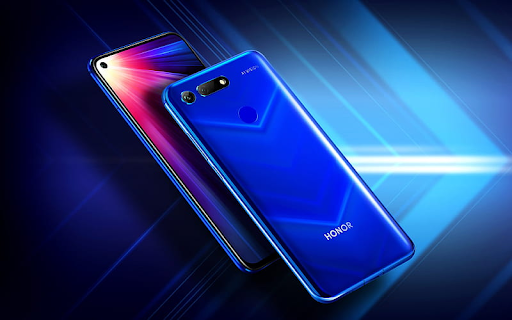Mobile technology in India offers numerous opportunities for innovation and improvement in daily life. One idea is enhancing education through mobile learning apps, making quality education accessible to remote areas. Health apps can provide medical consultations and reminders for medication.
Mobile banking and payment apps simplify transactions, promoting financial inclusion. Farmers can benefit from apps offering weather forecasts and market prices. E-commerce platforms can boost small businesses by reaching a wider audience.
Additionally, mobile technology can improve public transportation with real-time tracking. Social media platforms can foster community engagement and information sharing. Lastly, mobile-based government services can streamline citizen interactions with authorities.
Mobile technology has become an integral part of daily life in India, offering endless possibilities for innovation and progress. Here are ten ideas for leveraging mobile technology to address various challenges and improve the quality of life across the country.
- Education and e-learning
Mobile technology can revolutionise education by providing access to online learning resources, virtual classrooms, and educational apps. By leveraging mobile devices, students from remote areas can access quality education anytime, anywhere.
- Healthcare and telemedicine
Mobile technology enables remote healthcare services through telemedicine apps, allowing patients to consult doctors and access medical advice without visiting a clinic. This is particularly beneficial for rural communities with limited access to healthcare facilities.
- Agriculture and farming
Farmers can utilise mobile technology for weather forecasting, crop monitoring, and market information. Mobile apps can provide valuable insights into soil health, pest control, and crop management, helping farmers improve productivity and increase yields.
- Financial inclusion
Mobile banking and digital payment solutions can promote financial inclusion by providing access to banking services for underserved populations. Mobile wallets and payment apps facilitate secure and convenient transactions, empowering individuals to participate in the formal economy.
- Government services
Mobile technology can streamline access to government services such as e-governance portals, digital identity verification, and public utility payments. Mobile apps can enhance transparency, efficiency, and accountability in governance, making public services more accessible to citizens.
- Environmental conservation
Mobile technology can support environmental conservation efforts by enabling real-time monitoring of natural resources, wildlife tracking, and pollution control. Mobile apps can raise awareness, facilitate citizen science projects, and promote sustainable practices for a greener future.
- Disaster management
During emergencies and natural disasters, mobile technology plays a crucial role in disseminating early warnings, coordinating relief efforts, and providing vital information to affected communities. Mobile apps can help authorities and citizens respond effectively to crises and mitigate the impact of disasters.
- Skill development and employment
Mobile technology offers opportunities for skill development and vocational training through online courses, job portals, and skill-building apps. By acquiring relevant skills through mobile platforms, individuals can enhance their employability and access better job opportunities.
- Urban mobility and transportation
Mobile apps for ride-sharing, public transport navigation, and traffic management can improve urban mobility and reduce congestion in cities. Mobile technology can also facilitate smart parking solutions, carpooling networks, and real-time transportation updates for commuters.
- Social impact and community engagement
Mobile technology can empower communities to address social issues, promote civic engagement, and drive positive change. Mobile apps can facilitate community-led initiatives, volunteer networks, and crowdfunding campaigns for social causes and grassroots projects.
How to buy using the Bajaj Finserv EMI Network Card
Purchasing mobile devices to implement these innovative ideas is made convenient and affordable with the Bajaj Finserv EMI Network Card. This card allows you to convert the cost of your purchase into easy monthly instalments, making it accessible to a wider range of individuals and organisations. Here’s how you can buy mobile technology using the Bajaj Finserv EMI Network Card:
- Visit a partner store or online retailer that accepts Bajaj Finserv EMI Network Card payments.
- Select the mobile device or technology solution you wish to purchase and inquire about the available EMI options.
- Provide your Bajaj Finserv EMI Network Card details and choose the repayment tenure that fits your budget.
- Complete the necessary documentation and approval process, which typically involves minimal paperwork and quick verification.
Once approved, take home your new mobile device or technology solution and embark on your journey to harness the power of mobile technology for positive change.
With the Bajaj Finserv EMI Network Card, implementing innovative ideas and leveraging mobile technology for social impact is more convenient and affordable than ever before. Say goodbye to financial constraints and hello to a brighter future with easy EMI payments.
Download the Bajaj Finserv App today for a hassle-free way to manage your finances. With its intuitive design and simple interface, the app allows you to access a wide range of financial services right from your smartphone.
Whether you need to check your loan details, pay EMIs, or apply for new financial products, everything is just a tap away. Stay updated with personalized offers and real-time updates to help you make smart financial decisions.
With the Bajaj Finserv App, managing your finances has never been easier. Download now and take control of your financial journey with ease.



